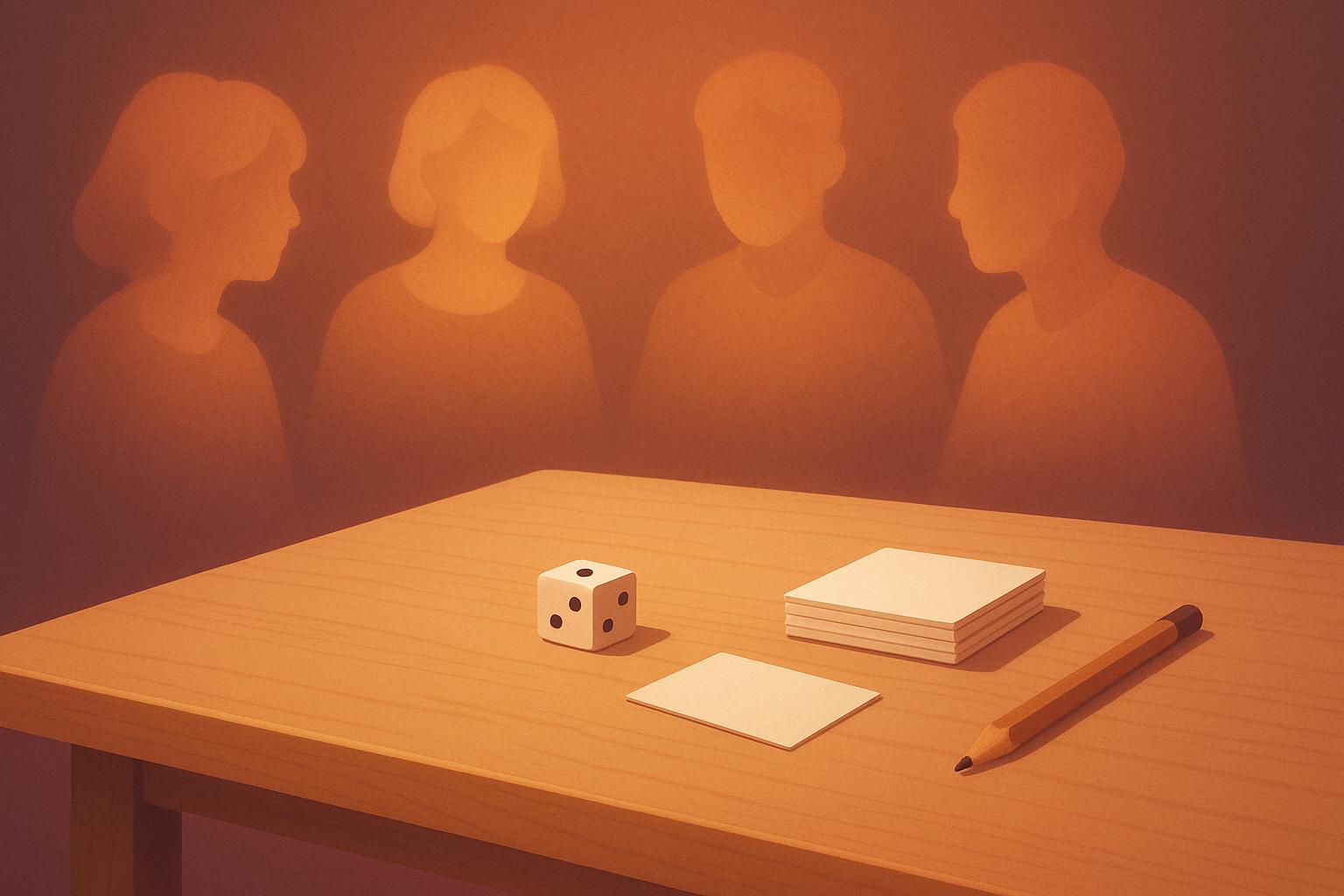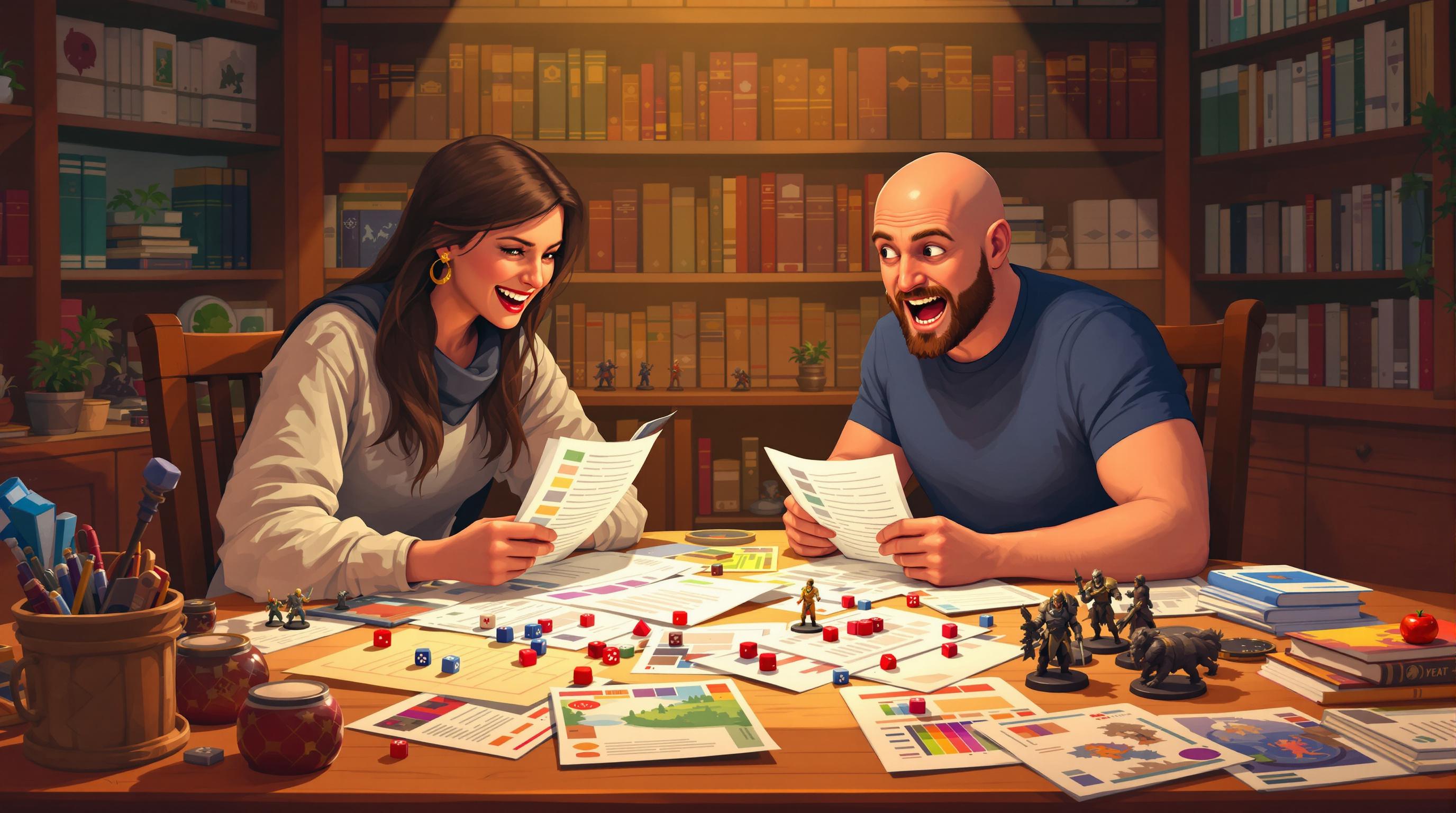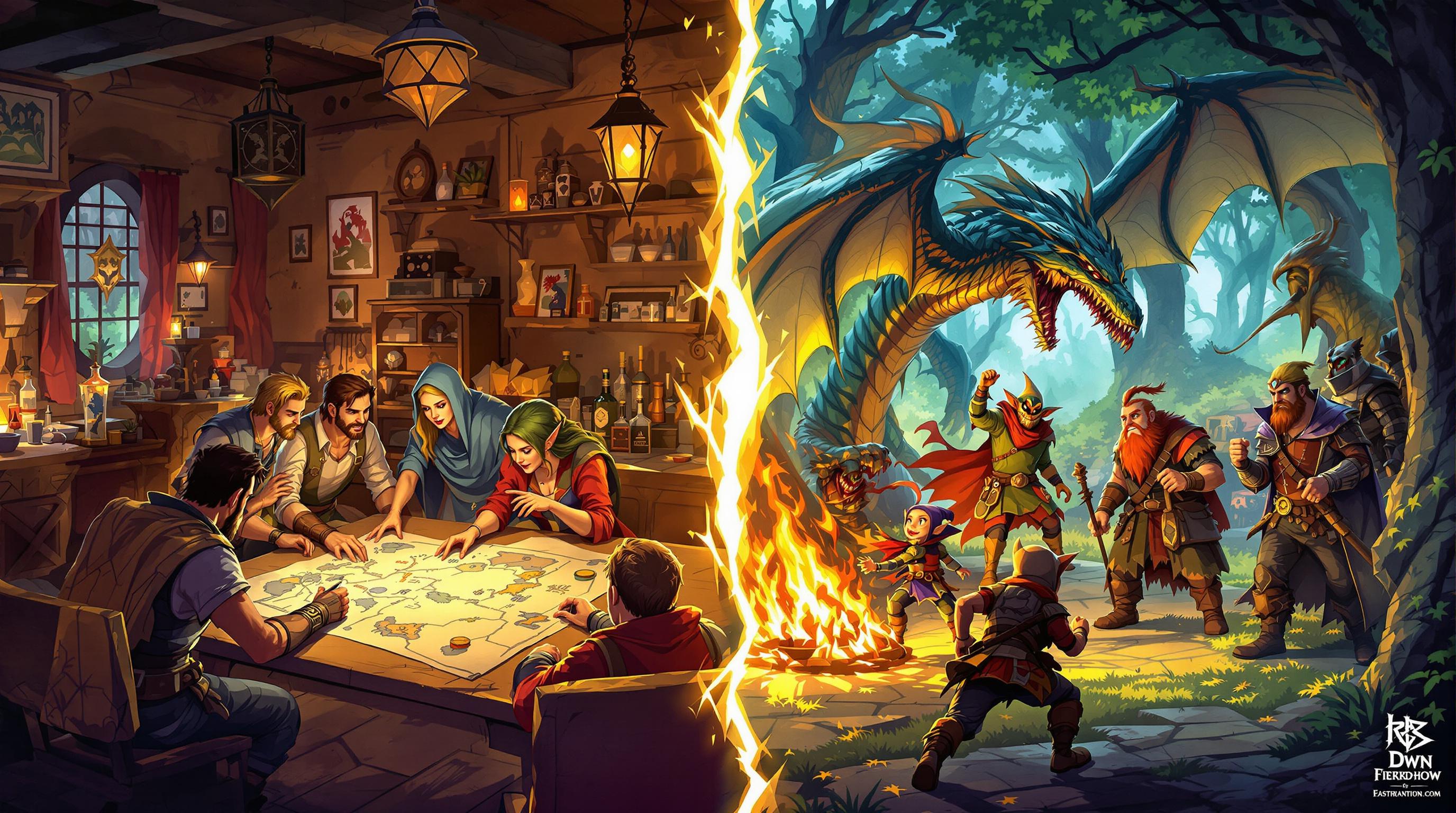When diving into the world of tabletop role-playing games (TTRPGs), character creation is one of the most exciting and pivotal aspects of the experience. It’s where players bring their ideas to life, shaping the way a story will unfold and how their roles will interact with the game world. Yet, not all RPG systems approach character creation in the same way. From meticulous builds to thrilling narratives, each method offers unique opportunities for storytelling, teamwork, and creativity.
This article delves into four distinct approaches to RPG character creation, offering insights into how they work and what they bring to the table. Whether you’re a veteran player exploring new systems or a game master looking for fresh ideas, these philosophies provide valuable perspectives on customizing your gaming experience.
The Four Approaches to RPG Character Creation
Character creation isn’t just about deciding stats; it’s about setting the tone for the game and how players will connect with their characters. These four approaches - quick and simple, thrilling experiences, meticulous builds, and character discovery - highlight the breadth of TTRPG design philosophies.
1. Quick and Simple
Perfect for fast-paced campaigns or introducing new players to the hobby, the quick and simple approach emphasizes accessibility. These systems streamline the process, allowing players to jump into the action immediately.
Key traits of quick and simple systems:
- Pre-Generated Playbooks or Templates: Players select from predefined archetypes, reducing analysis paralysis. Systems like Powered by the Apocalypse excel at this, as their playbooks present all the options directly on the character sheet, from skills to abilities.
- Minimal Decision-Making: Instead of constructing a character from scratch, players make a few key choices (e.g., role, background, or a defining trait).
- Focus on Roleplay Over Mechanics: By minimizing mechanical complexity, game designers encourage players to immerse themselves in their characters and the story.
For example, in Avatar Legends (a Powered by the Apocalypse game), the mechanics involve balancing core traits like "righteousness" and "vengefulness", which directly influence your roleplay decisions. New players can easily grasp the mechanics and start roleplaying without needing an extensive rulebook.
Why It Works:
- Ideal for one-shots or campaigns with tight time constraints.
- Perfect for onboarding RPG newcomers.
- Encourages creativity within a structured framework.
2. Thrilling Experiences
In some RPGs, character creation is not just a preliminary step - it’s an event unto itself. These systems turn the act of building a character into a mini-game, providing players with a memorable and engaging experience.
Case Study: Traveler The classic sci-fi RPG Traveler is widely regarded as having one of the most exciting character creation systems. Instead of simply assigning stats and skills, players simulate their character’s entire life prior to the campaign through a series of dice rolls and branching decisions. You decide whether your character goes to college, joins the military, or enters the workforce, and dice rolls determine their success - or failure - along the way. Outcomes can range from gaining valuable skills to suffering catastrophic injuries or financial ruin.
For example, you might start as a drifter who later joins a noble household, only to gain an enemy in the nobleman’s jealous son. The unpredictability leads to rich storytelling opportunities and an organic backstory.
Other Thrilling Systems:
- Paranoia: Character creation turns into a chaotic competition where players assign penalties to each other, setting the tone for the game’s distrustful, backstabbing environment.
- Ten Candles: Players create virtues and vices but pass them to neighboring players, encouraging collaboration and unpredictability.
Why It Works:
- Creates strong character backstories tied to the game world.
- Engages players emotionally before the campaign even begins.
- Reinforces the game’s core themes (e.g., unpredictability in Traveler; paranoia in Paranoia).
Downside: Thrilling systems can take longer to set up, and players must be comfortable with random outcomes, as they may lose agency over certain aspects of their character.
3. Meticulous Builds
For players who enjoy strategizing and optimizing, a meticulous build system provides the ultimate playground. These systems are perfect for those who want complete control over their character’s progression and mechanical effectiveness.
Defining Features:
- Extensive Customization: Players select from a wide array of abilities, feats, and skills, often planning their character’s progression across many levels.
- Crunchy Mechanics: These systems appeal to players who love delving into detailed rulebooks and exploring synergies between abilities.
- Planning Ahead: Players are often encouraged - or even required - to think several levels in advance to ensure their build remains effective.
Examples:
- Pathfinder 2e: Known for its complex feat trees and deep customization, Pathfinder 2e rewards careful planning. Players must consider not only their class but also archetypes, feats, and skill proficiencies to maximize their characters’ potential.
- Lancer: In this mech-based RPG, players customize their mechs with modular weapons, upgrades, and systems. An online tool simplifies the process, but meticulous planning is still essential for optimal builds.
Challenges:
- Steep Learning Curve: New players may feel overwhelmed by the sheer number of choices.
- Reduced Flexibility: A pre-planned build often leaves little room for improvisation or adapting to narrative developments.
Why It Works:
- Appeals to players who enjoy mastery and optimization.
- Encourages teamwork as players build complementary roles in a party.
- Deepens engagement with game mechanics.
4. Character Discovery
The character discovery approach is ideal for players who enjoy uncovering their character’s personality and abilities organically through gameplay. Instead of rigidly defining their role upfront, players make choices as they progress, allowing the story to shape their characters.
Core Features:
- Flexible Development: Players start with a general archetype or concept and make incremental decisions about abilities, traits, or backstory as they level up.
- Narrative Integration: Choices are often tied to story events, encouraging roleplay-driven development.
- Collaborative Creation: Session zero often involves players brainstorming character ties and shared histories.
Notable Example: Daggerheart In Daggerheart, character creation begins with basic archetypes, and players refine their roles through incremental decisions. For instance, an assassin player might later decide between the Executioner Guild (focused on combat) or the Poisoner Guild (focused on stealth). The use of domain cards - physical cards that represent abilities - further streamlines the process, allowing for quick decision-making without sacrificing depth.
Other Discovery Systems:
- Dungeons & Dragons 5e: Although D&D allows meticulous planning, many players approach it as a discovery game, choosing feats, spells, and subclasses as they level up.
- FATE Core: Players define broad character aspects but flesh out details based on in-game events.
Why It Works:
- Fosters creativity and adaptability.
- Reduces decision fatigue, allowing new players to ease into mechanics.
- Encourages dynamic roleplay as characters grow in response to the narrative.
Key Takeaways
- Choose the Right Fit for Your Group: Consider your group’s preferences and experience level. New players might enjoy quick and simple systems, while veterans may prefer meticulous builds or thrilling experiences.
- Blend Approaches for Unique Campaigns: Mix elements of different creation methods (e.g., use thrilling mini-games for backstories and meticulous builds for progression).
- Tailor Your Game to Its Theme: The character creation process should reflect the tone of the game. A gritty dystopia might benefit from a paranoia-infused system, while a lighthearted adventure could use a streamlined setup.
- Prioritize Player Agency: Even in systems with random elements, ensure players feel ownership over their characters.
- Use Technology to Simplify Complex Builds: Online tools make even the crunchiest systems more accessible, reducing the barrier to entry.
Conclusion
Character creation is more than just filling out a sheet; it’s the first step in crafting a personal story within a shared world. Whether you prefer the strategic depth of meticulous builds, the excitement of dice-driven chaos, or the simplicity of streamlined templates, there’s a TTRPG out there for everyone. By understanding these four approaches and their nuances, you’ll be better equipped to choose - or design - the perfect system for your next great adventure. Happy rolling!
Source: "How Should YOUR RPG Do Character Creation?" - What is Tabletop, YouTube, Aug 20, 2025 - https://www.youtube.com/watch?v=qPlQht47q1I


